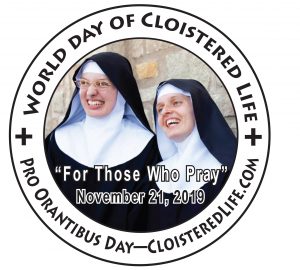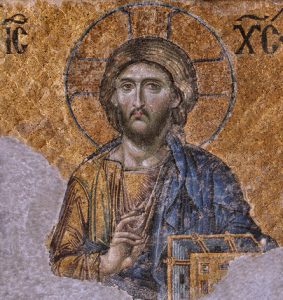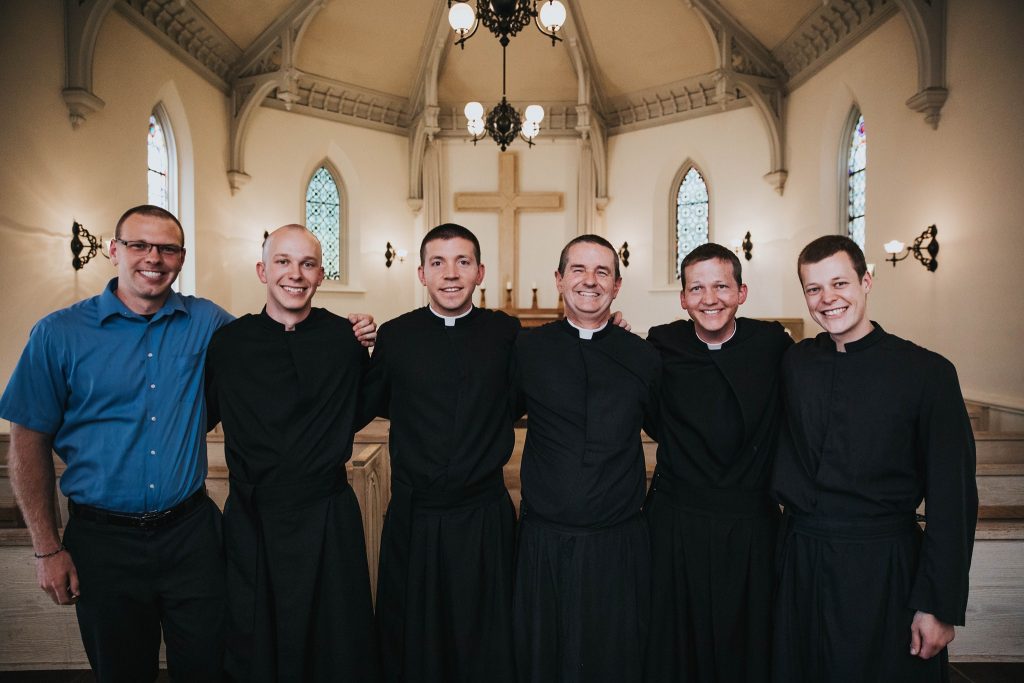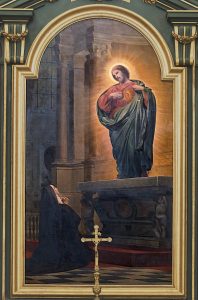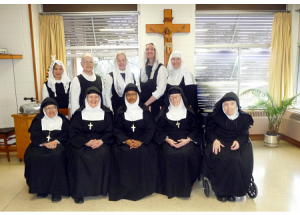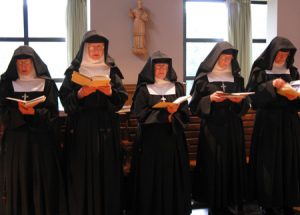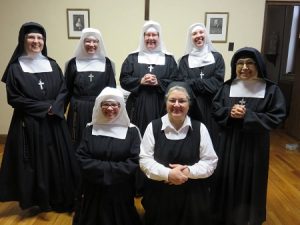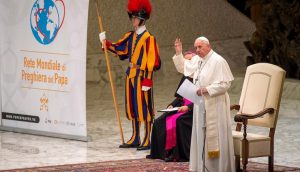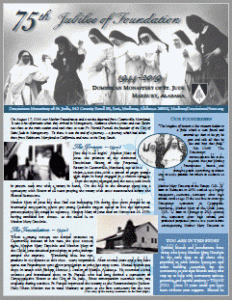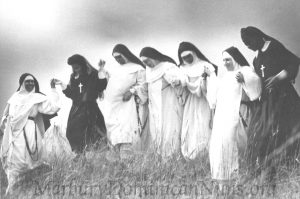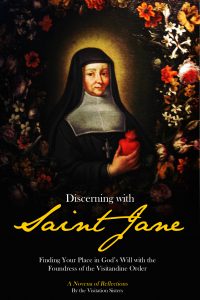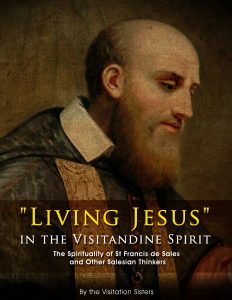The Magdala Apostolate is an outreach project of the Institute of Catholic Culture and is dedicated to providing sound doctrinal formation—both initial and ongoing—for women religious and novices. Each term, they offer FREE semester-long courses in the faith to any religious sister or community who applies.
Deadline to register is one week away!
Fall 2019 Courses
SC 101: Foundations in Sacred Scripture
Stephen Smith, Ph.D.
Tuesdays, 4:30 – 6:30 PM EST
September 10 – December 17, 2019 (no class on Nov. 26th)
This course offers an introductory and foundational study of Sacred Scripture. Students will study the principles of Catholic Scripture study, gain insight into the development of the biblical canon and review the Church’s fundamental doctrines and documents on the study of Sacred Scripture.
SC 102: Introduction to the Old Testament (Class full – register to be placed on waitlist)
Rev. Sebastian Carnazzo, Ph.D.
Mondays, 11:00 AM – 1:00 PM EST
September 9 – December 16, 2019 (no class on Monday, December 9)
This course is a survey of the historical, wisdom, and prophetical books of the Old Testament as a preparation for the New Testament era. The course includes the revelatory stages of salvation history, the importance of Biblical typology, and the function of fulfilled prophecy.
SC 502: Biblical Apologetics (Class full – register to be placed on waitlist)
Rev. Sebastian Carnazzo, Ph.D.
Mondays, 2:00 – 4:00 PM EST
September 9 – December 16, 2019 (no class on Monday, December 9)
Prerequisites: Introduction to the Old Testament and Introduction to the New Testament
This course is designed to equip students with the tools needed to defend the Faith from Sacred Scripture, and to expose the errors of various Protestant heresies effectively. This is accomplished through lectures on the most common biblical apologetic subjects, and a seminar-style study of the actual dynamics of debate.
CT 101: Introduction to the Catechism (Class full – register to be placed on waitlist)
Stephen Smith, Ph.D.
Thursdays from 2:00 – 4:00 pm ET
September 12 – December 19, 2019 (no class on Nov. 28th)
This course is designed to give students a broad overview of the history, structure, and content of the Catechism of the Catholic Church, the “sure norm for teaching the faith” (John Paul II). Each of the four “pillars” of the Catechism will be explored: the Creed, Liturgy and Sacraments, Morality and the Ten Commandments, and Prayer and the Our Father.
TH 302: Sacramental Theology
Rev. David Anderson
Tuesdays, 10:30 AM – 12:30 PM ET
September 10 – December 17, 2019 (no class on Nov. 26th)
This course will present the sacraments as the channels of the life of the Holy Trinity revealed and made present. We will focus on the scriptural, liturgical, and patristic origins of the “mysteries” which constitute the center of the inner life of the Church.
CH 101: History of the Ancient and Biblical World
John Pepino, Ph.D.
Wednesdays from 4:00 pm – 6:00 pm ET
September 11 – December 18, 2019 (no class on Nov. 27th)
This course introduces students to the study of history through an examination of the Hebrew, Greek, and Roman contributions to the creation of the West. Taking the truth of Divine Revelation as its methodological starting point, the course traces the history of the chosen people as presented in the Hebrew Scriptures, examines the rise of classical Greek and Hellenistic civilization, and follows the development of the tremendously influential empire of Rome.
SP 101 / CH 201: History and Development of the Consecrated Life (Class full – waitlist full)
Mother Maria Regina van den Berg, Ph.D.
Thursdays from 10:00 am – 12:00 pm ET
September 12 – December 19, 2019 (no class on Nov. 28th)
This two-semester course studies the development of the consecrated life, in its various forms, with an emphasis upon the living of the vows, the life of prayer, the enclosure, and the role of the apostolate. Within the context of Church history, we will read primary documents such as Rules and Church documents about consecrated life. The first semester will cover from Apostolic times through the Council of Trent. The second semester will cover from the Council of Trent to the present.
PH 101: Introduction to Ancient Philosophy
Mark Wunsch, Ph.D.
Wednesdays from 1:00 pm – 3:00 pm ET
September 11 – December 18, 2019 (no class on Nov. 27th)
In this course, we will seek to understand and appreciate the fundamental questions and principles associated with philosophy, primarily through the reading, analysis, and discussion of select texts of Plato and Aristotle. In the process of accomplishing these ends, the students will become acquainted with the nature and relevance of philosophical speculation, while developing a working knowledge of both the history of ancient Greek thought and basic philosophical terminology.
For more information and to register, please visit: MagdalaApostolate.org
Like this:
Like Loading...
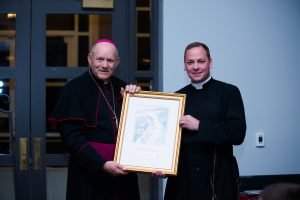 The IRL’s 3rd Annual Mystical Rose Gala was held on Saturday, November 9, 2019, at the beautiful Cuneo Mansion & Gardens, in
The IRL’s 3rd Annual Mystical Rose Gala was held on Saturday, November 9, 2019, at the beautiful Cuneo Mansion & Gardens, in  Vernon Hills, Illinois. With a glorious setting, delicious food, and so many wonderful people, how could it be anything but a great evening.
Vernon Hills, Illinois. With a glorious setting, delicious food, and so many wonderful people, how could it be anything but a great evening.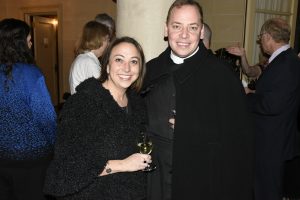 We were especially pleased to welcome the Canons Regular of St. John Cantius, who were honored this year for their work in restoring the sacred within the Church and their witness as faithful religious in the heart of Chicago and beyond. Fr. Joshua Caswell, SJC, gave a heartfelt and humble talk about the longstanding relationship between the IRL and the Canons, going all the way back to their foundation.
We were especially pleased to welcome the Canons Regular of St. John Cantius, who were honored this year for their work in restoring the sacred within the Church and their witness as faithful religious in the heart of Chicago and beyond. Fr. Joshua Caswell, SJC, gave a heartfelt and humble talk about the longstanding relationship between the IRL and the Canons, going all the way back to their foundation.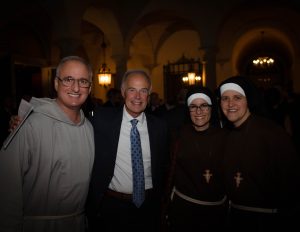 Many thanks to our President, Most Rev. Robert Vasa and our National Director, Fr. Thomas Nelson, O.Praem., for traveling all the way from California to be with us. And all of the guests, sponsors and religious who so generously supported the evening with their presence, prayers and support.
Many thanks to our President, Most Rev. Robert Vasa and our National Director, Fr. Thomas Nelson, O.Praem., for traveling all the way from California to be with us. And all of the guests, sponsors and religious who so generously supported the evening with their presence, prayers and support.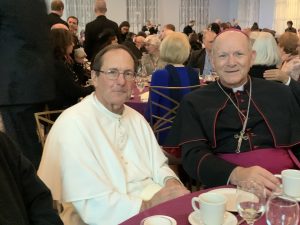
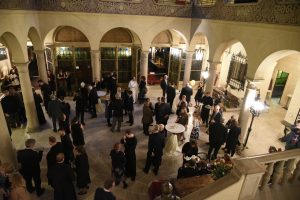

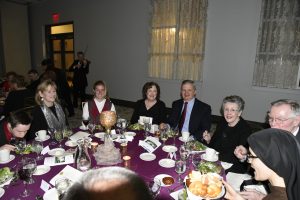
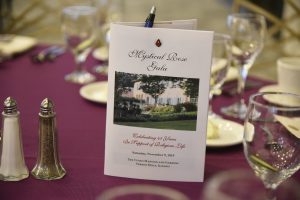 Finally, we would like to congratulate Sr. Julia Ray, SSC, the winner of the pilgrimage for two to Poland. Sister said she was “overwhelmed” and it was the nicest thing ever!!
Finally, we would like to congratulate Sr. Julia Ray, SSC, the winner of the pilgrimage for two to Poland. Sister said she was “overwhelmed” and it was the nicest thing ever!!